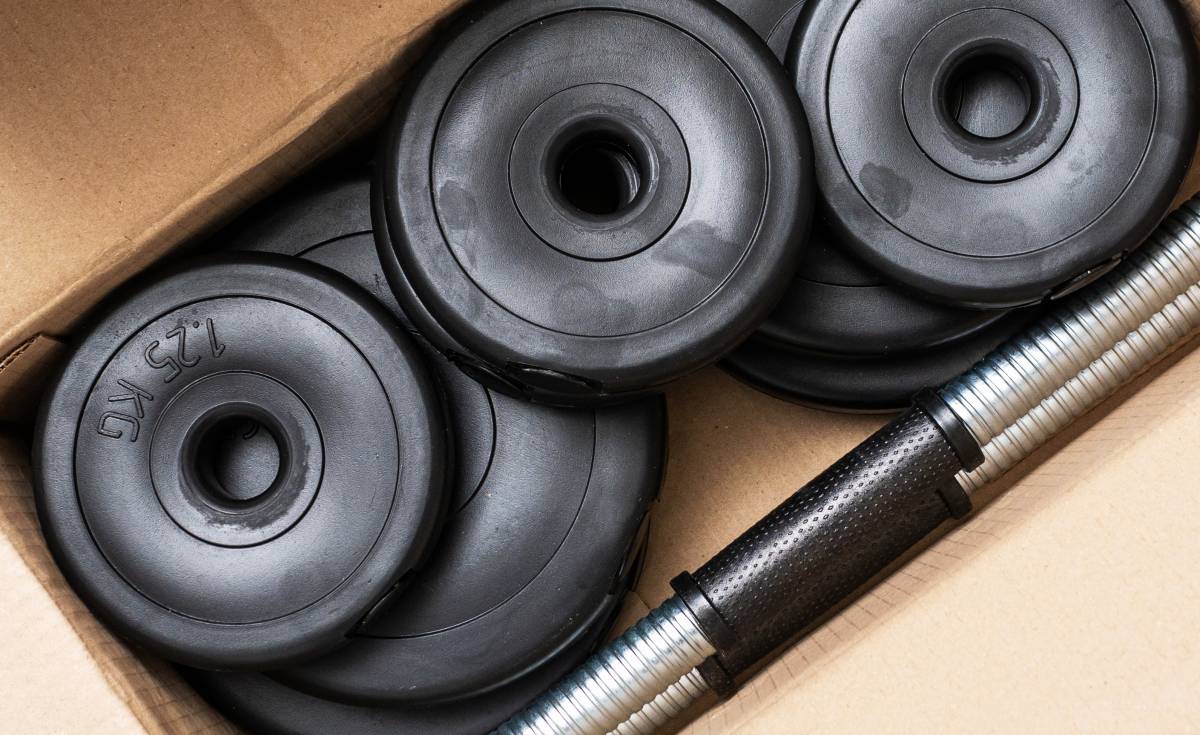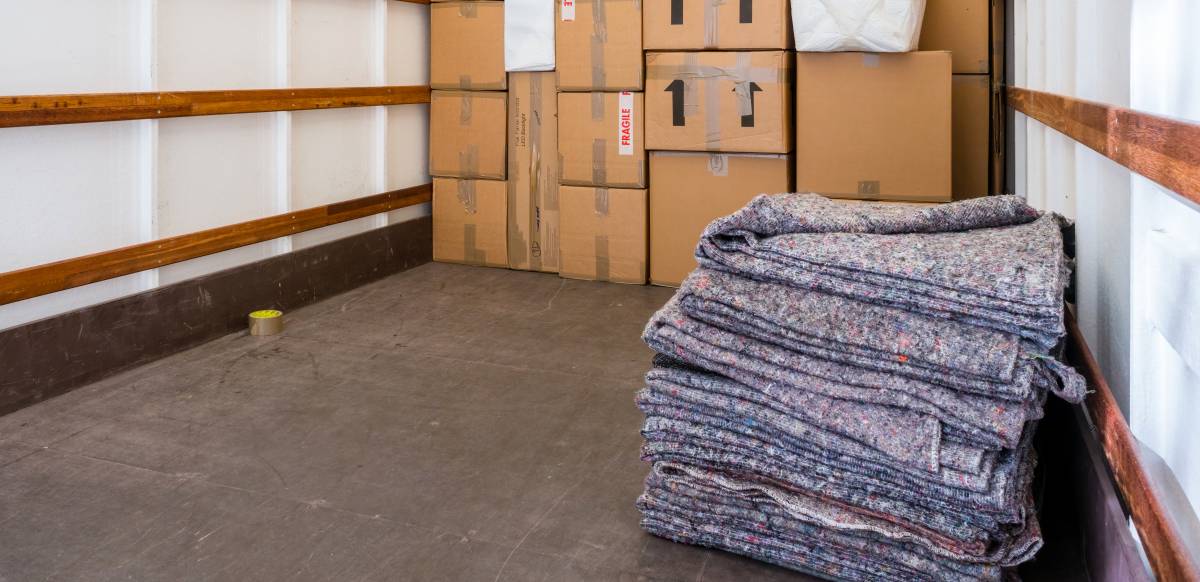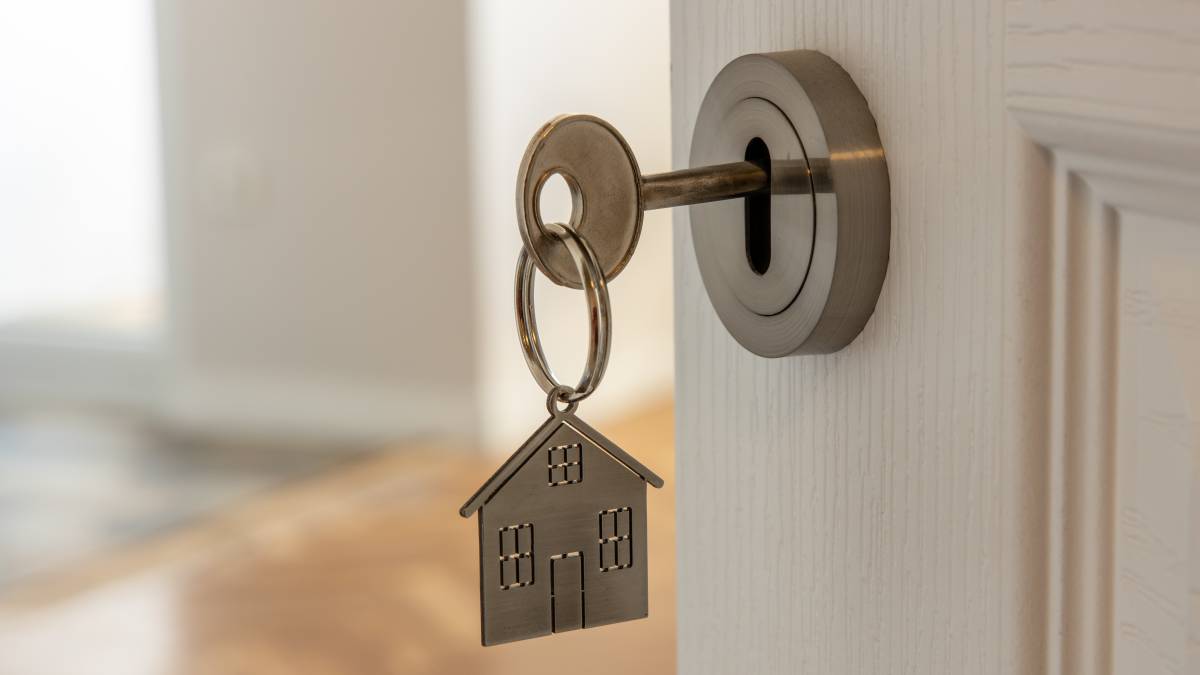
The best and worst times of year to move in the US
Learn how to move smarter, easier, and for less
Published on

Written by Genine T.
Staff Writer
Read more about our contributor
Key Facts
- The best months to move are April, September, October, and November, when costs are lower and conditions are easier.
- The worst months to move are June, July, August, December, and January, when prices peak and the weather can add extra challenges.
- Booking movers early is the smartest way to secure good rates, lock in your preferred date, and reduce stress.
Did you know that 31 million Americans move house each year, with housing being the top reason driving this massive migration, according to the U.S. Census Bureau? Whether you’re upgrading to a bigger place or relocating for work, the best time of year to move is the single biggest factor that determines how much you’ll pay and how smoothly everything goes.
To help you out, we’ve crunched two years of moving demand data, weather patterns, and industry pricing to create a definitive moving guide. We’ll reveal the five best months that offer low costs and ideal conditions, plus the five worst times to move, when sky-high prices and extreme weather could blow your budget and turn moving day into a nightmare.
The 5 best times to move house
 Moving into a new home on a bright, sunny day. (Source: iStock)
Moving into a new home on a bright, sunny day. (Source: iStock)
After analyzing thousands of moving tasks posted on Airtasker, these five months consistently show the best balance of reasonable moving costs and manageable conditions. While they’re not the absolute cheapest months to move, they offer good value when you factor in pleasant weather, lower stress levels, and flexibility with your move-in date.
1. October
Our data shows October is often the best month to move in the US. It ranks among the lowest months for moving demand, meaning you’re not competing with half the country for the same services. October also delivers what’s arguably the best weather of the year in most regions, with cool, crisp, and sunny fall days that have minimal risk of summer storms or winter delays.
If you’re hunting for a new place, October presents good opportunities since the peak selling season ends in late summer. You can search for your dream apartment or house without the usual frenzy, and both landlords and sellers tend to become more willing to negotiate on rent, lease terms, or purchase prices. Moving companies also offer flexible scheduling and competitive rates during this time since they’re not swamped with bookings.
2. September
September is one of the best months to plan a move. With comfortable temperatures, the process of packing and loading is far less strenuous than in the heat of summer. More importantly, the peak moving season ends right after Labor Day, which means moving companies typically lower their rates. This drop in demand makes scheduling easier and saves money, which is especially valuable for long-distance moves where cost and timing matter most.
For families moving with kids, September offers a smooth school transition at the start of the academic year. By this time, most families have already moved, so there’s less competition for bookings, more availability in schedules, and more time to prepare for the transition.
3. April
April is often the best time to move house in the spring. It avoids the surprise snowstorms of early spring while beating the high prices and heavy demand that arrive in May. As a shoulder month, April offers moderate demand, improving weather, and more flexibility, making it a practical and cost-effective choice for planning your move.
Another factor that makes April appealing is timing. With many people focused on filing their taxes before the mid-April deadline, there tends to be less competition for moving dates. This can mean better availability and lower rates, which is especially helpful when moving appliances or handling larger items that require extra planning and care.
4. November
November is one of the best budget months if you’re ready to move. The cooler temperatures and shorter days mean you need to plan and pack efficiently, but they also make this the final window to secure a low-cost move before holiday activities and winter weather arrive.
What keeps November affordable is timing. Most people move during the summer or early fall, while November finds many households occupied with holidays, travel, and year-end priorities. With fewer bookings on the calendar, moving companies often reduce rates and offer more flexible scheduling, creating one of the most cost-effective opportunities of the year.
5. May
Our data shows May is the third busiest month for moving, but it can be seen as the best of the worst. For those who need to relocate before summer, May offers pleasant weather without the extreme heat or extreme prices that arrive in June through August. If late spring is your only window, May gives you that last chance before the summer frenzy peaks.
Despite the high demand, many people find May practical since it comes before vacations and seasonal commitments begin to crowd schedules. With plenty of house-moving services available, you can still secure a smooth experience, though budget-conscious movers should book early to lock in reasonable rates.
The 5 worst times to move house
 Moving supplies being organized outdoors. (Source: iStock)
Moving supplies being organized outdoors. (Source: iStock)
In this section, we’ll review the months when demand peaks, prices soar, and weather conditions become so challenging that movers become ultra-picky about what they won’t move. Add in the stress of competing for limited slots and the real risk of your moving day getting postponed, and you’ve got a recipe for moving disaster.
1. August
August is often ranked among the worst months to move. It’s one of the hottest times of the year, which makes packing, lifting, and transporting belongings exhausting and sometimes unsafe. Extreme temperatures raise the risk of dehydration and fatigue for anyone doing physical labor, and they can also damage sensitive items such as plants and perishables.
At the same time, August consistently has the highest demand of the year. Moving companies charge premium rates, schedules fill quickly, and availability is limited. For those who can’t avoid relocating during this period, the best way to move house is to book a service well in advance and plan for early morning or evening hours when the heat is less intense.
2. June
June is the second-busiest month for moving and signals the start of peak summer demand. With so many households relocating, prices rise quickly and availability disappears fast. Waiting too long to secure a mover can mean higher costs, fewer options, and a less convenient moving date.
The best way to manage a June move is to plan ahead. Reserve your house moving services six to eight weeks in advance to lock in a reasonable rate and secure your preferred schedule. By booking early, you can avoid the stress of last-minute competition and keep your move on track despite the busy season.
3. July
July is the busiest month for moving and the most popular time to relocate in the United States. Families often pick this month since school is out, many leases end or begin, and the long summer days make it easier to fit everything in. Job changes are also common mid-year, which adds to the rush and keeps demand high.
The downside is that July sits right in peak season. Moving companies book up fast, rates are at their highest, and the summer heat can make carrying heavy boxes and appliances exhausting. If July is the month you need to move, the best approach is to book services early and plan around the hottest part of the day to keep things as safe as possible.
4. January
January is one of the cheaper times to move, but there’s a reason it often makes the “worst months” list. Across much of the country, snow, icy roads, and below-freezing temperatures can bring moving plans to a halt. A blizzard or an ice storm can easily cancel your moving day, and slippery conditions make the process more dangerous for both people and belongings. The savings may look tempting, but they aren’t worth the risk if winter weather gets in the way.
The cold weather also makes packing more demanding. For instance, boxes need to be sealed tightly to protect against moisture and humidity, and extra care is required for fragile items that extreme temperatures could damage.
5. December
On paper, moving in December might sound appealing because demand is lower, but in reality, it’s one of the most difficult months to relocate. Heavy holiday traffic can slow moving trucks, reduced business hours at government offices can delay moving paperwork, and early winter storms can make driving unsafe or even force last-minute cancellations. All of these factors make coordinating a December move far more complicated.
There’s also the issue of availability. Many moving companies scale back during the holidays with fewer staff and limited appointment times, making securing the exact moving date you want harder. Even if you do book a slot, you may have less flexibility to reschedule if bad weather or traffic causes delays.
Book a mover on Airtasker
And that wraps up our guide! As you can see, the easiest way to take the stress out of moving is to get help lined up early. Even if you pick the best time of year to move, booking ahead gives you peace of mind, secures your preferred date, and ensures you have a reliable team to handle the heavy lifting.
When you’re ready to hire experienced movers, simply post your task on Airtasker to receive offers from trusted local experts. Compare quotes, choose the best mover, and enjoy the confidence of knowing your crew is locked in. Try it now!
Learn more about our contributors

Written by Genine T.
Staff Writer
Genine is a writer and educator with over seven years of experience. She has published peer-reviewed research papers, worked in academia, and created educational content for thousands of language learners. She discovered her passion for turning complex ideas into practical advice through writing about DIY topics like home improvement, furniture assembly, and household fixes. When she’s not writing, Genine enjoys curling up with her dogs and a good book.
FAQs on moving house
Morning is generally the best time to move because the air is cooler, traffic is lighter, and movers are fresher and more efficient earlier in the day. Starting early also gives you extra daylight hours to unpack or deal with any unexpected delays.
Saturdays are usually the most expensive day to move since most people schedule moves on weekends when they are off work. If you want to save money, a weekday move (especially midweek) often comes with lower rates and better availability.
The end of the month is one of the busiest times to move because so many leases and rental agreements turn over then. Choosing a mid-month date makes it easier to find a mover and can save you money with lower demand.
Find local movers, fast
Find a local mover
Related articles

A guide to becoming a mover
Read more

How much do movers make?
Read more

Moving out of state checklist
Read more

How to pack bedding for moving
Read more

How to move a pool table
Read more

How to pack books for moving
Read more

How to move a shed
Read more

How to pack kitchen items
Read more
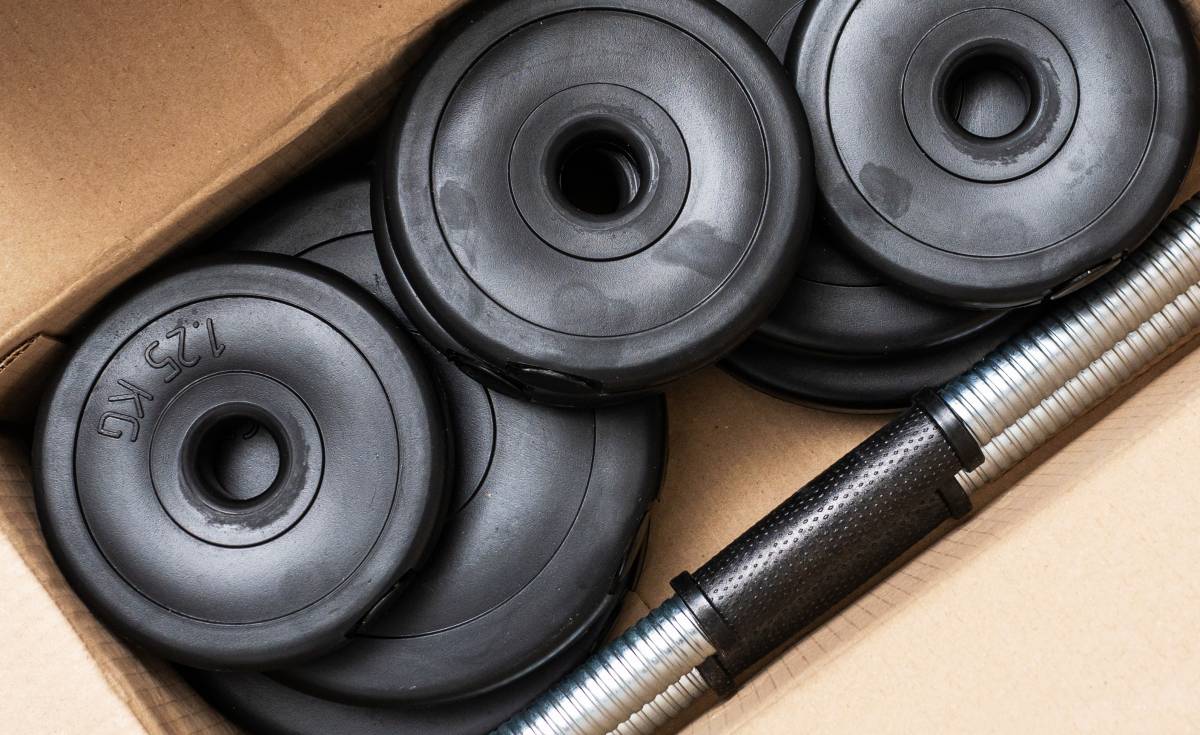
How to move gym equipment safely
Read more

Where to get moving boxes for free
Read more

How to move a pinball machine
Read more

How to move a washing machine
Read more

Moving interstate checklist
Read more

What movers won’t move
Read more

How to wrap furniture for moving
Read more
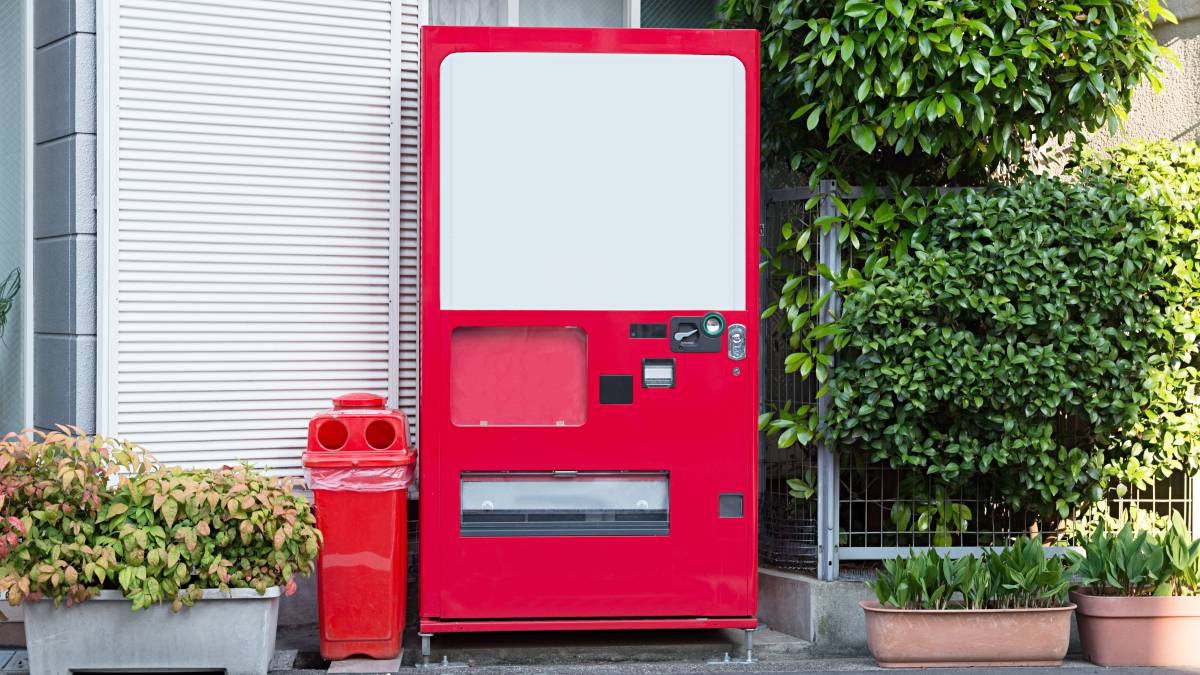
How to move a vending machine
Read more

How to pack a moving truck
Read more

Tips for moving house with kids
Read more
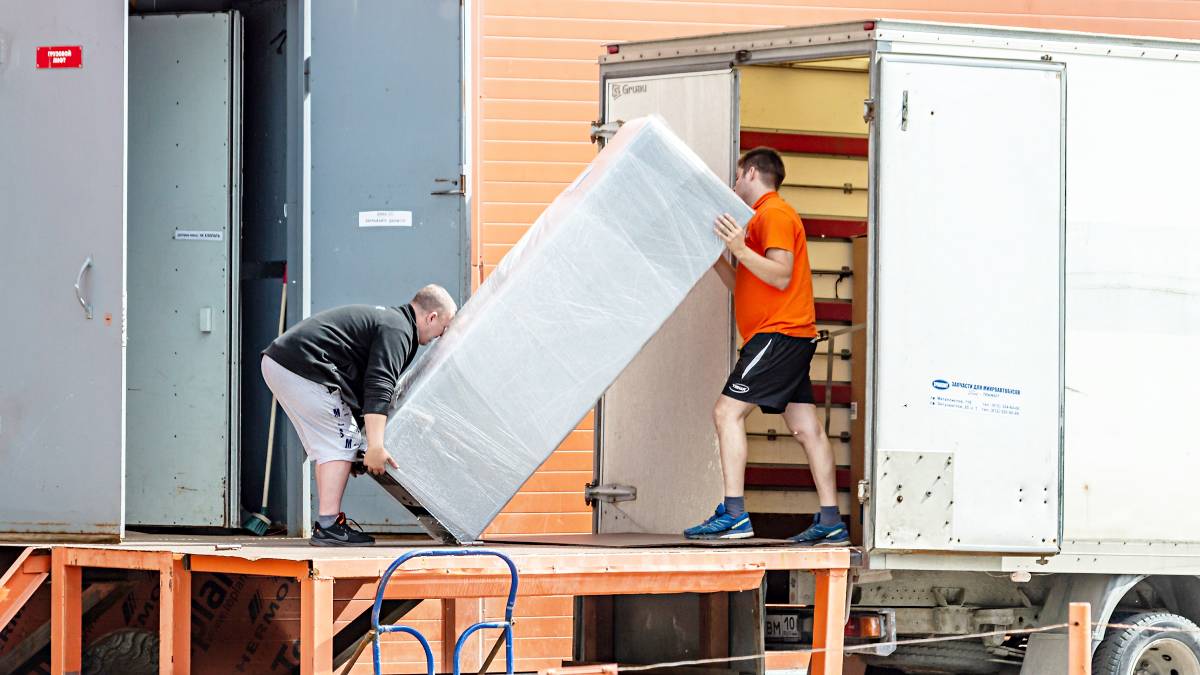
How to move a refrigerator
Read more

The ultimate packing and moving list
Read more

How to pack artwork for moving
Read more
Related price guides

How much does mattress removal cost?
Read more

How much do packers cost?
Read more



